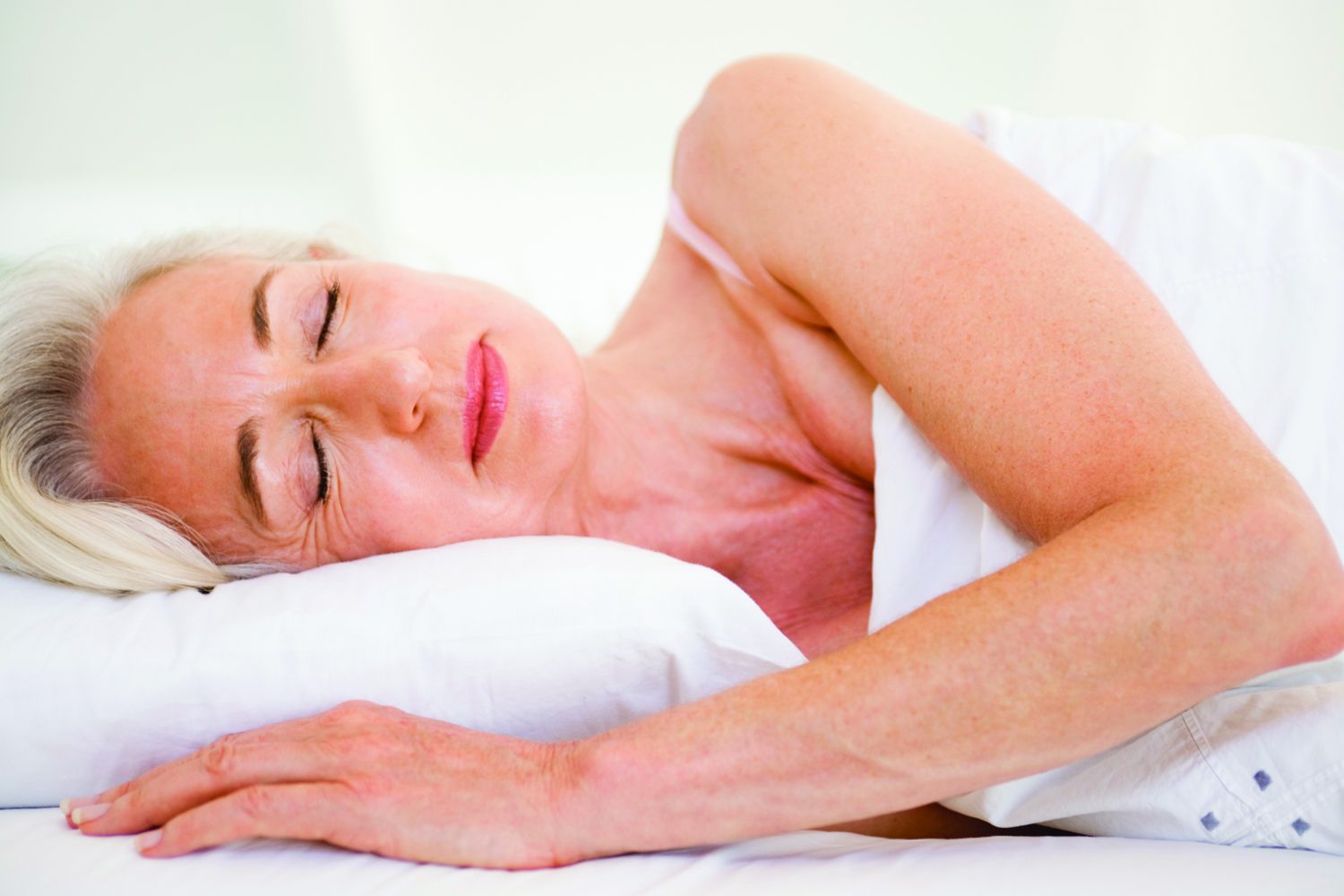Total Weight Loss Tied to Improved Health
When it comes to health, further research supports the notion that steadily losing weight over time (and keeping it off) is more important than losing weight quickly.
Any Physical Activity Better Than None for Survival in Cancer Patients
A recent study published in Cancer Causes & Control found an association between the occurrence of low-to-moderate frequency recreational physical activity and lower mortality in individuals diagnosed with various types of cancer.
Aerobic Activity May Improve Executive Functioning
A randomized trial published in the journal Neurology suggested that aerobic exercise may have neurological benefits for adults at risk for cognitive decline. One hundred and sixty sedentary participants with cognitive impairments (but no dementia) were randomly assigned to one of four study groups: aerobic exercise alone, DASH (Dietary Approaches to Stop Hypertension) diet alone, a combination of aerobic exercise plus DASH diet, or health education alone.
New Physical Activity Guidelines Released
The U.S. Department of Health and Human Services (HHS) has released the 2018 Physical Activity Guidelines for Americans, an update of recommendations published in 2008. The new guidelines provide more evidence-based reasons to be active than ever before, says Roger A. Fielding, PhD, director of Tufts Nutrition, Exercise Physiology, and Sarcopenia Laboratory, and they make it clear that even some activity is better than none.
Community-Based Physical Activity Promotes Health
The Lifestyle Interventions and Independence for Elders (LIFE) trial showed that older adults who follow a structured physical activity program can reduce mobility-disability by up to 28 percent. Based on these encouraging results, a pilot study was recently conducted by Tufts University to test the approach among older adults in an existing community setting.
Chronic Sleep Loss May Impact Body Composition
Studies have found that people who routinely dont get enough sleep are more likely to be overweight than people who get adequate sleep. Additionally, two recent cohort studies of middle-aged and older community-dwelling adults have found insufficient sleep to be associated with lower muscle mass. A new study published in Science Advances delved into the reasons why.
Physical Activity on the Rise but Still Low
According to a recent report from the CDC and federal department of Health and Human Services, only 23 percent of American adults aged 18 to 64 years get the recommended amount of physical activity.
Exercising for LIFE
Exercising regularly can help prevent age-related decline in physical functioning and decrease risk of falls, osteoporosis, and frailty, but the recommended 150 minutes per week of moderate-intensity physical activity may seem daunting, especially for inactive older adults. While meeting these recommendations is best, a recent analysis by Tufts researchers suggests that even increasing physical activity by less than one hour a week can provide clinically significant benefits.
Avoiding Dehydration
The hot summer months are upon us, but sweating in the sun is not the only factor that raises risk for dehydration. This potentially dangerous drop in body fluid affects everything from blood pressure to the brain, so knowing the causes, signs, and symptoms of dehydration-as well as how to avoid it-is critical.
Healthy Lifestyle Adds 12 to 14 Years
Maintaining five healthy habits is associated with more than a decade of additional life expectancy after age 50, according to a study in Circulation. The habits include never smoking, maintaining a healthy weight, regular exercise at the recommended levels, moderate alcohol intake and a healthy dietary pattern. The observational study was based on data from two epidemiological studies of health professionals that included more than 123,000 women and men followed for 34 years, as well as data from nationally representative surveys.





































